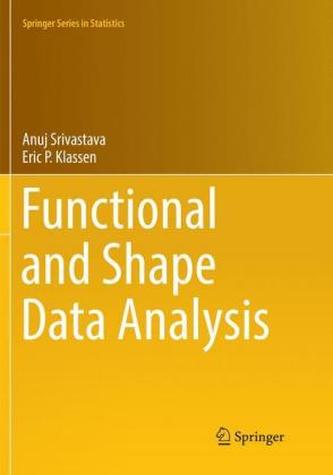Functional and Shape Data Analysis
11
%
1833 Kč 2 053 Kč
Sleva až 70% u třetiny knih
Contents 1 Motivation for Function and Shape Analysis 1.1 Motivation 1.1.1 Need for Function and Shape Data Analysis Tools 1.1.2 Why Continuous Shapes? 1.2 Important Application Areas 1.3 Specific Technical Goals 1.4 Issues & Challenges 1.5 Organization of This Textbook
2 Previous Techniques in Shape Analysis 2.1 Principal Component Analysis (PCA) 2.2 Point-Based Methods 2.2.1 ICP: Point Cloud Analysis 2.2.2 Active Shape Models 2.2.3 Kendall's Landmark-Based Shape Analysis 2.2.4 Issue of Landmark Selection 2.3 Domain-Based Shape Representations 2.3.1 Level-Set Methods 2.3.2 Deformation-Based Shape Analysis 2.4 Exercises 2.5 Bibliographic Notes
3 Background: Relevant Tools from Geometry 3.1 Equivalence Relations 3.2 Riemannian Structure and Geodesics 3.3 Geodesics in Spaces of Curves on Manifolds 3.4 Parallel Transport of Vectors 3.5 Lie Group Actions on Manifolds 3.5.1 Actions of Single Groups 3.5.2 Actions of Product Groups 3.6 Quotient Spaces of Riemannian Manifolds 3.7 Quotient Spaces as Orthogonal Sections 3.8 General Quotient Spaces 3.9 Distances in Quotient Spaces: A Summary 3.10 Center of An Orbit 3.11 Exercises 3.11.1 Theoretical Exercises 3.11.2 Computational Exercises 3.12 Bibliographic Notes
4 Functional Data and Elastic Registration 4.1 Goals and Challenges 4.2 Estimating Function Variables from Discrete Data 4.3 Geometries of Some Function Spaces 4.3.1 Geometry of Hilbert Spaces 4.3.2 Unit Hilbert Sphere 4.3.3 Group of Warping Functions 4.4 Function Registration Problem 4.5 Use of L2-Norm And Its Limitations 4.6 Square-Root Slope Function (SRSF) Representation 4.7 Definition of Phase & Amplitude Components 4.7.1 Amplitude of a Function 4.7.2 Relative Phase Between Functions 4.7.3 A Convenient Approximation 4.8 SRSF-Based Registration 4.8.1 Registration Problem 4.8.2 SRSF Alignment Using Dynamic Programming 4.8.3 Examples of Functional Alignments 4.9 Connection to the Fisher-Rao Metric 4.10 Phase and Amplitude Distances 4.10.1 Amplitude Space and A Metric Structure 4.10.2 Phase Space and A Metric Structure 4.11 Different Warping Actions and PDFs 4.11.1 Listing of Different Actions 4.11.2 Probability Density Functions 4.12 Exercises 4.12.1 Theoretical Exercises 4.12.2 Computational Exercises 4.13 Bibliographic Notes
5 Shapes of Planar Curves 5.1 Goals & Challenges 5.2 Parametric Representations of Curves 5.3 General Framework 5.3.1 Mathematical Representations of Curves 5.3.2 Shape-Preserving Transformations 5.4 Pre-Shape Spaces 5.4.1 Riemannian Structure 5.4.2 Geodesics in Pre-Shape Spaces 5.5 Shape Spaces 5.5.1 Removing Parameterization 5.6 Motivation for SRVF Representation 5.6.1 What is an Elastic Metric? 5.6.2 Significance of the Square-Root Representation 5.7 Geodesic Paths in Shape Spaces 5.7.1 Optimal Re-Parameterization for Curve Matching 5.7.2 Geodesic Illustrations 5.8 Gradient-Based Optimization Over Re-Parameterization Group 5.9 Summary 5.10 Exercises 5.10.1 Theoretical Exercises 5.10.2 Computational Exercises 5.11 Bibliographic Notes
6 Shapes of Planar Closed Curves 6.1 Goals and Challenges 6.2 Representations of Closed Curves 6.2.1 Pre-Shape Spaces 6.2.2 Riemannian Structures 6.2.3 Removing Parameterization 6.3 Projection on a Manifold 6.4 Geodesic Computation 6.5 Geodesic Computation: Shooting Method 6.5.1 Example 1: Geodesics on S2 6.5.2 Example 2: Geodesics in Non-Elastic Pre-Shape Space 6.6 Geodesic Computation: Path Straightening Method 6.6.1 Theoretical Background 6.6.2 Numerical Implementation 6.6.3 Example 1: Geodesics on S2 6.6.4 Example 2: Geodesics in Elastic Pre-Shape Space 6.7 Geodesics in Shape Spaces 6.7.1 Geodesics in Non-Elastic Shape Space 6.7.2 Geodesics in Elastic Shape Space 6.8 Examples of Elastic Geodesics 6.8.1 Elastic Matching: Gradient Versus Dynamic Programming Algorithm 6.8.2 Fast Approximate Elastic Matching of Closed Curves 6.9 Elastic versus Non-Elastic Deformations 6.10 Parallel Transport of Shape Deformations 6.10.1 Prediction of Silhouettes from N
| Autor: | Srivastava, Anuj |
| Nakladatel: | Springer, Berlin |
| Rok vydání: | 2018 |
| Jazyk : | Angličtina |
| Vazba: | Paperback / softback |
| Počet stran: | 447 |
Mohlo by se vám také líbit..
-
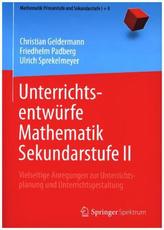
Unterrichtsentwürfe Mathematik Sekund...
Geldermann, Christian
-

Didaktik der Stochastik in der Sekund...
Krüger, Katja
-
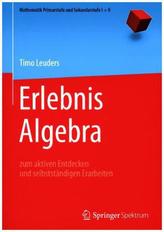
Erlebnis Algebra
Leuders, Timo
-
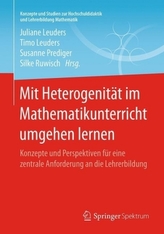
Mit Heterogenität im Mathematikunterr...
Leuders, Juliane
-

Differentialgeometrie
Kühnel, Wolfgang
-

Elementare Zahlentheorie
Ziegenbalg, Jochen
-

Lehrbuch der Algebra
Fischer, Gerd
-
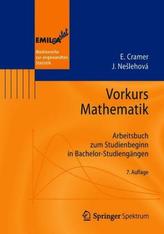
Vorkurs Mathematik
Cramer, Erhard
-
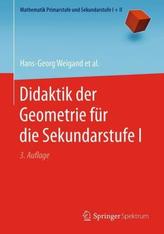
Didaktik der Geometrie für die Sekund...
Weigand, Hans-Georg
-
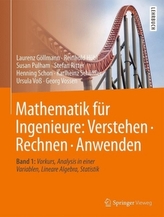
Mathematik für Ingenieure: Verstehen ...
Göllmann, Laurenz
-
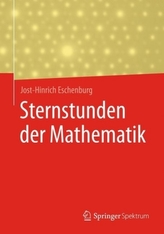
Sternstunden der Mathematik
Eschenburg, Jost-Hinrich
-

Wissenschaftliches Rechnen
Strang, Gilbert
-

Elementare Zahlentheorie
Padberg, Friedhelm
-

Kombinatorische Optimierung
Korte, Bernhard
-
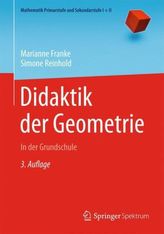
Didaktik der Geometrie
Franke, Marianne
-

Einführung in die Festigkeitslehre
Läpple, Volker




